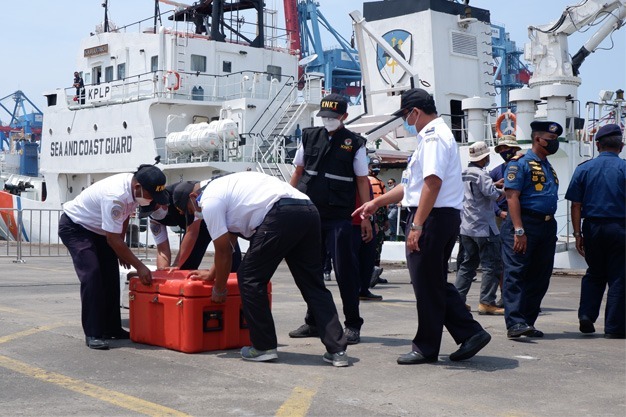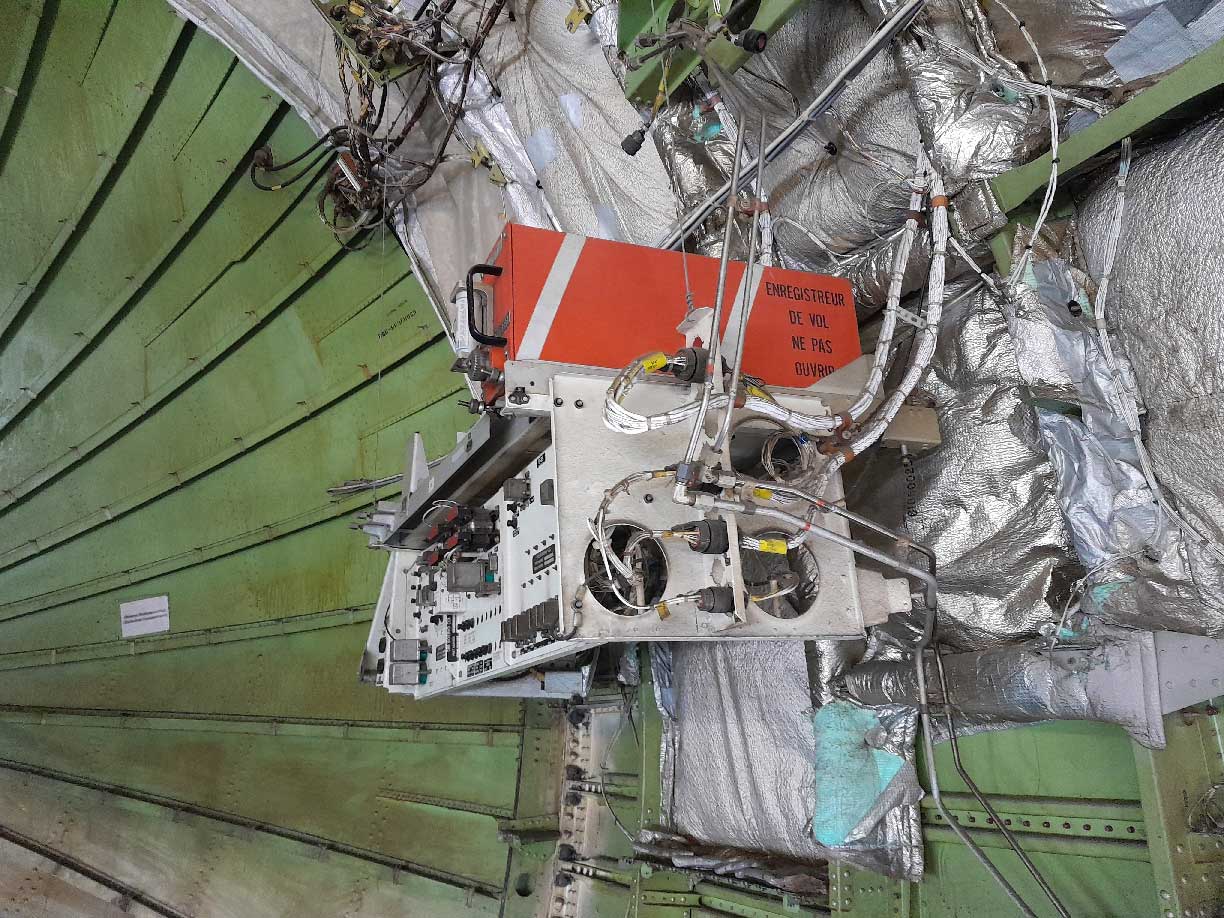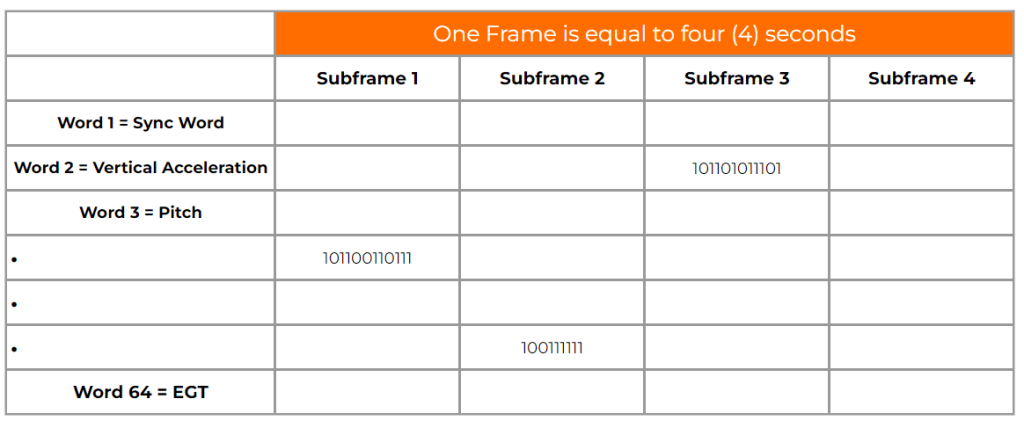
To master the art of CVR intelligibility, one must grasp the basic essentials of the aircraft flight operation, including the phases of flight as it relates to audio, ATC communications, airport operations and the idiosyncrasies of the CVR as a system. In this course you will employ modern CVR audio software and industry best practices to extract the phases of flight, ground and flight operations, and other key elements from an actual CVR recording. You’ll become immersed in differentiating verbal from non-verbal audio, including the detection of various avionics and system sounds, and identification of audio defects (i.e. – phase shifting, data loss, noise types, etc.) which are all essential for developing the final CVR transcript. Last but not least, you will create an actual CVR readout intelligibility report for your final project.
Prerequisite: Knowledge of aircraft systems, flight operations, and the airspace system.
Not only will you create the CVR readout report, but you will measure CVR intelligibility both qualitatively and quantitatively
The presence of audio is only half the game. Learn how to detect phase shifts, data gaps, audio noise, and more
Manage your own CVR readouts in-house, and keep the dollars in your pocket. This course will equip you with the CVR analysis skills and the confidence to generate your own CVR intel reports

“Regarding both the CVR and FDR courses we attended in August 2024 at the CAA Malaysian Aviation Academy (Kuala Lumpur), personally it means a lot to me as an Avionic Engineer. I learned everything from the basic construction of the unit up until the analysis part of the recording. This new horizon helped me to understand more about how flight recording plays a part in ensuring safety and airworthiness of helicopters, as well as in the airplane operation. I am looking forward to the next opportunity to attend more courses provided by your team at Flight Data X.”
Khairul Mizan
Avionics Engineer
Hornbill Skyways

© Copyright 2025 - FLIGHT DATA X
How do I modify my FDR to record more than 25 hours?
You can modify the program pins at the rear of the SSFDR to uptick your recording hours. For example, if you have a Honeywell PN 980-4700-XXX installed, you can alter the ‘ground/open’ discrete wiring at pin 17 & 18 of the SSFDR mating connector to increase your recording capacity.
How can determine the amount of hours recorded by my FDR?
The amount of recorded hours is dependent on a combination of your FDAU wps output and FDR maximum allowable recording speed. If there is a one to one relationship between the two units, i.e. – 64 wps FDAU with a 64 wps FDR, you will record the last 25 hours of flight data. This also applies to the case when the FDAU and FDR are both 128wps, 256wps, or even higher. If there is a mismatch between the FDAU and FDR speed, a small and simple calculation can be made to determine actual flight hour recording capacity. See the figure below for the various possibilities:

How can I determine the speed of my Flight Data Recording system in words per second (wps)?
There are basically 4 ways to determine your speed, with the 4th being a bit more involved. First, the speed should be listed or documented in chapter 31 of your aircraft Maintenance Manual and/or Wiring Diagram Manual. However there are times when for some reason, the required information cannot be found. If this is the case, as a second method, you may reference the CMM or technical specification for your Flight Data Acquisition Unit (FDAU). If you are still unable to find this information, you may contact the aircraft manufacturer for the wps or review your previous FDR download analysis reports. Please keep in mind, the OEM will only know the as-delivered configuration of your aircraft. If there were modifications to your aircraft post-delivery – manufacturer unaware of the changes – youll need to contact us for an analysis of your raw data. Using our software we can determine the wps of your system.
With regard to Flight Data Recorder Systems, what exactly does wps imply? I have noticed this abbreviation in our FDR documentation and in communications with the manufacturer several times:
WPS = words per second. A word (12-bits in length) contains binary data which represents a specific parameter value. Please see figure 1 below. Your FDR records in frames (4 second intervals) and each frame contains 4 sub frames (one sub frame = 1 second). With each second that goes by a specific quantity of words are recorded into memory. If you operate a 64 wps FDR system, you will record 64 12-bit words in one second. The higher the word capacity the more information you can record.

What is a Dataframe Layout (DFL)?
A DFL, also known by the name Logical Frame Layout (LFL), Dataframe Interface Control & Requirements Document, and many other names depending on the manufacturer, is a document which specifies the FDR, QAR, or DAR Parameter Word (location), Recording Speed, Sampling Rate, Bits, and Conversion formulae for your recording system.

